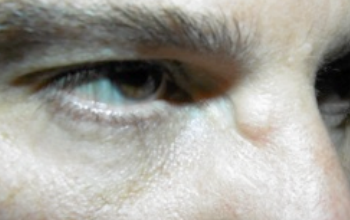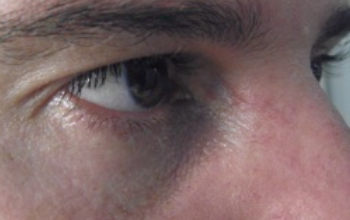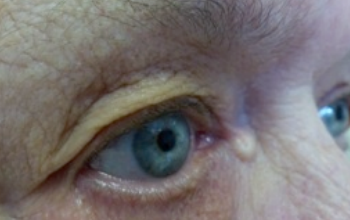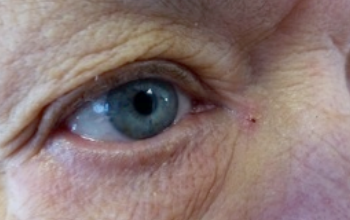Moles
Moles are common features of the skin. Frequently these may be unsightly if they are a prominent feature especially on the face. Although moles are often flat, they can be bulky and this may be a nuisance as they can catch on a comb or a razor. Moles can occasionally become cancerous. This may be indicated by increase in size, irregular colour or shape or spontaneous bleeding or itching.
Cysts
Cysts under the surface of the skin occur frequently and may be unsightly. These can also go through cycles of bursting and reforming. They can occur on the face and on other parts of the body.
How are skin lesions treated?
Typically skin lesions and cysts can be removed under local anaesthetic (awake surgery). This takes less than half an hour to do in most cases and it can often be arranged on the same day that you have your consultation. Absorbable stitches are used where possible and insome cases it may not be necessary to use stitches at all.
How is skin cancer diagnosed?
Skin cancers do occur and the first step in diagnosis is the expert opinion of a plastic surgeon or dermatologist. There are several different types of skin cancer, each with different features. If there is suspicion of cancer, the lesion should be sent for laboratory analysis once it has been removed. Whilst an expert will be able to make a visual diagnosis in many cases, laboratory analysis is the only way to confirm the diagnosis and to determine whether the skin cancer has been completely removed.




